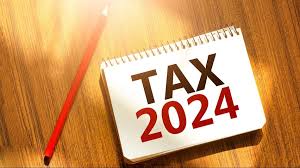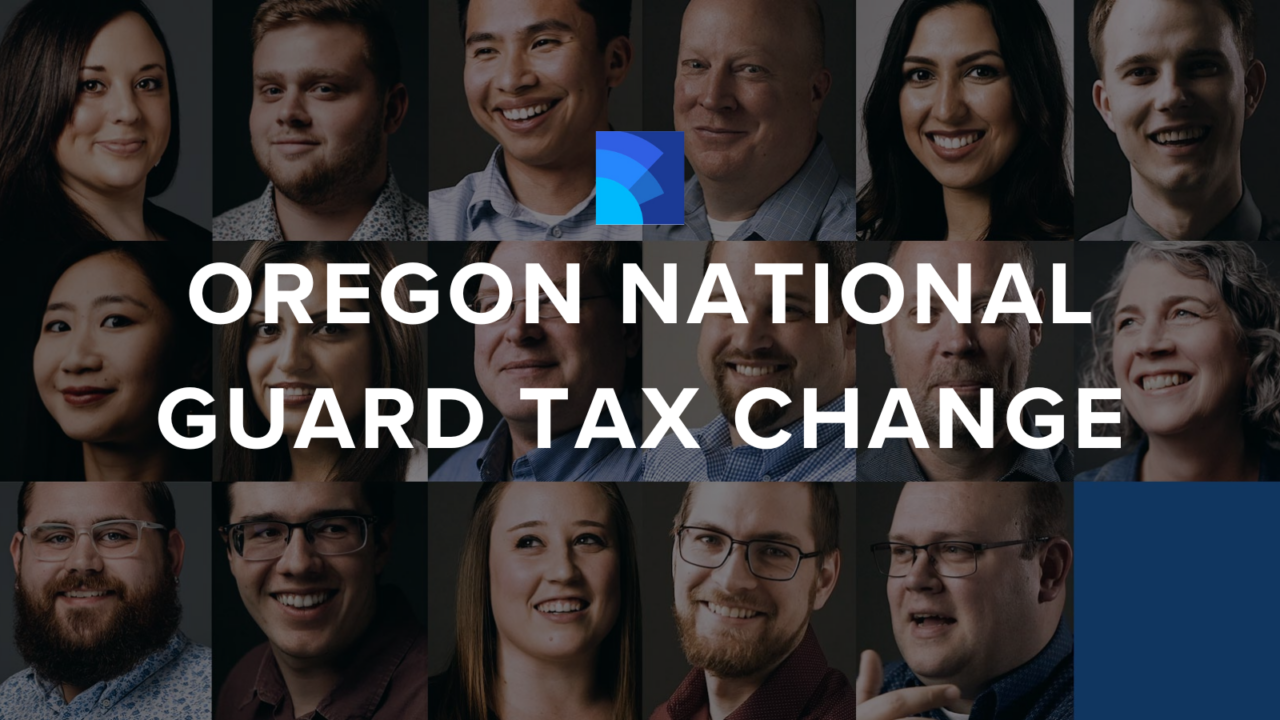The restaurant industry is no stranger to the critical role data plays in running a business. Yet, in many cases the restaurateur struggles to identify the proper data from the sheer volume that may be available through countless sources — POS terminals, online ordering services, social media and more. It’s this array of data sources that, if properly accessed, holds great value in guiding the success of the business.
However, with the large array of data, it’s understanding that data, what it says and what it means that can be a challenge. By piecing together and analyzing the relationship of the data points correctly, restaurateurs extract unique insights around their customer experiences, how their supply chains are operating, their staff planning and even how their back-end processes can be better managed or streamlined. Yet, unlocking that value can be difficult for many. The key lies in collecting, modeling and securing the data.
DATA COLLECTION
Collecting the available data begins with realizing where to look, effectively identifying primary sources and having the ability to identify and extract it. Generally speaking, there are five types of data available to restaurateurs:
- Operations Data – Sourced from POS systems, reservation platforms, third-party and in-house online ordering, staffing data, franchise and other ERP services.
- Guest Data – Sourced from social platforms like Yelp and Google Business profiles.
- Website Data – Sourced from restaurant-owned sites and includes form fills, site traffic and more.
- Supply Chain Data – Sourced from suppliers, providing order details by type, item, cost and shipping.
- Market Data – Sourced from industry reports, associations and groups.
Operations and website data can be relatively easy to collect using built-in export functions from various sources and apps. However, gathering data from review and social platforms can be challenging and time consuming due to the large volume of non-standardized data in the form of personal reviews.
To make the most of this information, new cloud-based data analytics tools enable exported data to be analyzed within a reasonable time period. Operations data provides a look into historical performance of operations activities, but those same data points can be used to predict future performance or risks using powerful AI and machine learning algorithms.
Guest data such as reviews can similarly depict guest experiences and forecast anticipated guest ratings based on specific detractors, comments, trends, etc., that may not be obvious to the operator. Website data provides important information on how guests research, browse and review menus and specials, and can determine how many times they made reservations, which can predict loyalty.
Supply chain data provides important information — including ordering and consumption history by items — that, when contrasted to your POS data, can be used to better understand your consumption models. This understanding can help align consumer behaviors and menu changes. Market data gives insights into trends in the industry that portend new opportunities, changes, financial and geo conditions that can affect consumers engaging the business.
DATA MODELING
While data can tell a story and offer insight, using inaccurate or flawed data to evaluate or inform restaurant operations can lead management in the wrong direction. If you intend on using your data at all, it is essential that you evaluate it for accuracy and integrity. Before putting your data to use, consider leveraging simple yet powerful cloud-based data analytics tools that can securely ingest your data sources, allow you to assess it, and then model it for:
- Relevance – Is the data reflective of both the front and back ends of restaurant operations? Is it connected to the customer experience?
- Comprehensiveness – Does the data span the business? Are there any gaps in information that could obscure or hide issues? Does data from the supply chain affect data from the POS, and in turn what the customer may be experiencing on availability, taste, service, etc.
- Bias – Is the data objective? Does it represent the full scope of what is being evaluated? Are there consistent, repeated errors in the data?
- Timeliness – Is the data representative of the relevant timeframe of the business operations?
The data analytics market has responded to the varied needs of restaurants and provides a wide range of easy-to-use cloudbased solutions which are available to help at every step of the process — from analyzing for errors and missing values to calendar alignment and data standardization. These systems can also be customized to integrate into the many restaurant management, point-of-sale and order management systems used in the industry today.
DATA SECURITY
With restaurants’ data stores becoming significant sources of personal and credit card information, the need to protect customer-first data is critical. The more customer data you collect, the more you need to protect your operations — especially with evolving data privacy requirements such as the Payment Card Industry Data Security Standard (PCI-DSS) and the European Union’s General Data Protection Regulation (GDPR). With tens of billions of dollars being spent on meals every month using credit and debit cards, cybercriminals are well aware of the potential a restaurant data breach holds. Securing your data requires establishing a data privacy strategy, but before you can do that, you’ll need to understand:
- How your data is collected, transmitted and stored. This is a standard requirement of PCI-DSS for operators.
- The profile of your customer data. GDPR compliance mandates industry players understand who their customers are, as well as their profiles.
- Who has access to that data within your organization and operation?
From here, you can start to create your privacy strategy by determining the types of privacy controls required and how you can implement them.
As restaurants increasingly outsource tasks and send data to third parties, privacy and security risks increase dramatically. A growing portion of data breaches are occurring through third-party vulnerabilities, so it is extremely important to consider the strategies and policies in place with your business partners.
Data privacy and security aren’t simply a checklist item to cross off, but a constantly evolving element of your business that must be regularly reviewed and updated. This includes your first line of defense — your employees. Human error has been identified as the cause of 88% of modern data breaches, a direct result of a sharp increase in phishing attacks. As such, regular team trainings and cybersecurity updates are crucial to protecting your customers’ valuable data.
Today’s inflationary environment, combined with tight margins, a labor shortage and supply chain disruptions, make running a successful restaurant more difficult than ever. Restaurants are increasingly looking to data to provide the insights they need to gain a competitive edge and overcome these hurdles. To get the most from this data, restaurateurs will need to ensure that it is properly collected, cleaned and secured.
Written by Lisa Haffer, Carrie Shagat and Robert Brown. Copyright © 2022 BDO USA, LLP. All rights reserved. www.bdo.com




